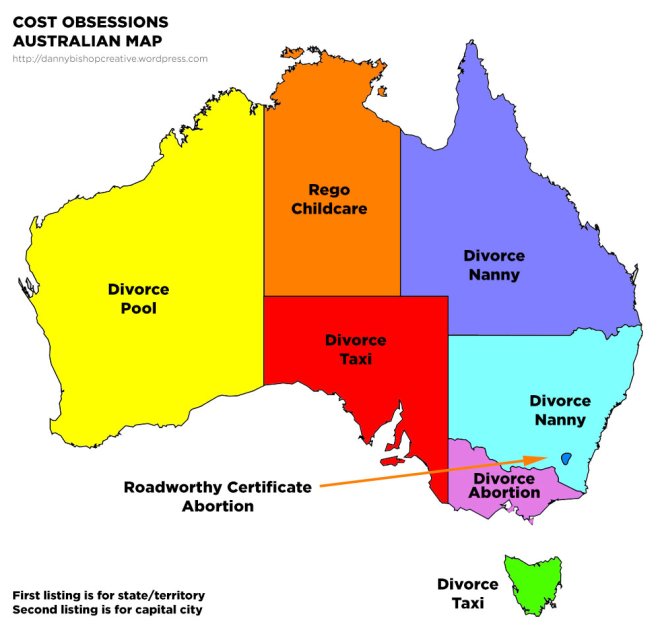Over the past 5 years I’ve clocked up…
- 3,520 kms running in 310+ hours
- 11,991 kms cycling in 450+ hours
- 541,450 m swimming in 190+ hours
- 320+ hours in the Gym
- 20+ hours competing in sprint Triathlons (see footnote)
In fact, over the past three years, that’s accelerated. In 2021 alone I ran 1,145kms and cycled 4,418kms despite residing in Melbourne – the most locked-down city in the world.
2021 also coincided with me turning 52. On that day I weighed 72.6kg and had 7.1% body fat (according to my Garmin scales).
A week and a bit after that birthday I ran the Melbourne Half Marathon.
I ran the 21.1kms in 1 hour 38 mins and finished 869th overall out of 8,175. That put me 35th in the Male 50-55 age group. I was pretty happy with that and felt like I could have run it a couple of minutes quicker.
So it’s been a fair shock to the system that just over 6 months later I was in hospital having urgent surgery to deal with serious heart disease.

Risk factors? Nil.
I’ve never smoked. I don’t have diabetes. I don’t have a family history of heart disease. I’ve been having blood tests since I turned 40 to keep an eye on my cholesterol, which has always been firmly within the recommended range. I drink, but it would be less than 3 standard drinks per week on average. I am 178cms tall, and while I don’t have Ronaldo’s 6-pack abs, most people would consider me very lean.
Over the Christmas break, I got sick. Just a couple of days where I felt average. I exercised throughout because I’m a bloke and like so many amateur athletes I push too hard sometimes. I ran a little and rode some great hills around the King Valley.
In the weeks afterward however, I started to feel a bit odd while exercising.
I couldn’t get my heart rate up as high as I was used to. I could max out in the mid 180 beats-per-minute normally, but was struggling to get my heart above 140. I started to feel a little achy across my upper back and sometimes in my jaw after running just 3 or 4kms.
But none of it felt particularly like a heart issue. I didn’t have pain in my chest or running down my left arm. I was still able to exercise. I did a calf muscle in January, which restricted that, and re-injured it after a month of rehab – setting me back further. So when I finally came back to something like full training I put some of what I was feeling down to a loss of fitness.
But still there was that back & jaw ache.
So I decided to see my GP.
She was seemingly not overly concerned. She had my full medical history, so there didn’t appear to be too many red flags. To be sure, though, she suggested I have a cardio stress test.
After almost a month waiting I took the cardio stress test in May. I didn’t feel particularly bad during the test. It only lasted about 10 minutes, and usually that’s just the start of any exercise routine for me (I was regularly running up to 3 hours at a time in 2021). But the cardiologist suggested there was something odd in my ECG for a minute or so. Everything looked okay once I completed the test. But still, there was a moment when things looked just a little off, so he suggested a CT Angiogram.
Another two weeks of waiting and off I went for my first ever CT scan. Immediately following the test I was given the news that I had heart disease. I was stunned. I headed home trying to digest this news. Within an hour I was called and asked to come back for another test – a CT Perfusion test, seeking to gain further insight into how serious my situation was.
What followed was a series of calls and appointments with my GP and a range of cardiologists. I was asked to undertake an MRI as well, as my situation was unique enough that one of the consulting cardiologists hopes to write a paper on me.
On Monday, July 4th I was admitted to Sunshine Hospital for an angiogram that was expected to be mostly a planning day. I’d been told the Angiogram was the “gold standard” test, and that it would reveal the right option of treatment from one of three likely scenarios;
- Things weren’t as bad as feared, and medication and other lifestyle changes might be enough
- Things were about as bad as suspected, and that further surgery for one of more stents to be implanted would be required
- Things were worse than expected, and open-heart bypass surgery may be required.
I was wheeled into the theatre as the team explained what would happen. I had a cannula in my left arm where a mix of drugs would calm me and provide some infection control. In my right arm they inserted another cannula along with a catheter that would serve a range of duties. Initially they fed the catheter up to my heart and injected dye visible on the live x-ray machine – a screen I guess was roughly 75″ diagonal.
When the first series of images were taken of my Right Coronary Artery it revealed a blockage that was restricting the flow of blood by 90%.
The second series of images of my Left Anterior Descending Artery revealed a 70% blockage.
At that point the team informed me the wanted to insert two stents. That involved sending the stents collapsed around a small balloon up the catheter guide-wired until it reached the blockage. The balloon was then inflated to expand and place the stent.
Recovery will take a few weeks at least, but I’m hopeful I’ll be back to running, swimming and riding like my old self within a couple of months.
Why me?
The night following the surgery I was visited by one of the Cardiologists at Sunshine Hospital. She asked me a bunch of questions.
“Do you smoke?” (No) “Ever?” (No)
“Do you have diabetes?” (No)
“Do you have high cholesterol?” (No.. I’ve been having tested since I was 40)
“Do you exercise?” (Yes) “Much?” (Yes, running, swimming, cycling) “Like triathlons?” (Yes, and half marathons)
“Do you have a family history of heart disease?” (Not really. My dad had a stent inserted when he was in his 70s)
During this exchange, she looked more and more perplexed. Which is exactly how I’d been feeling. Why me?
But I’m not as unique as I think. There are lots of fit, relatively young people who have heart disease.
What does make me unique?
What does make me unique, however, is that I went to see my GP about those little aches.
I’ve been told by several cardiologists that the first time they usually see people like me is after a heart attack, and often only after a fatal heart attack.
People like me – relatively young, relatively fit and male – usually ignore the warning signs. We push harder when things seem a bit wrong. We push the aches to the side. We keep our concerns from our partners or friends for fear of being told it’s a “man flu”. We wear the time between GP visits as a badge of honour.
And so, people like me, head out running one day and don’t come home.
Listen & Talk
Hopefully, there’s someone who reads this who listens a bit more closely to their body, regardless of their risk factors. And if they start to feel ‘off’ in one of the classic heart-related symptoms they head to their GP for a chat about it.
Mayo Clinic – Heart Disease Symptoms & Causes
- Chest pain, chest tightness, chest pressure and chest discomfort (angina)
- Shortness of breath
- Pain, numbness, weakness or coldness in your legs or arms if the blood vessels in those parts of your body are narrowed
- Pain in the neck, jaw, throat, upper abdomen or back
Listen to your body. If something doesn’t seem right, talk to your GP.
Footnote: That’s not everything I’ve ever done, just what I can definitely measure since purchasing a Garmin Fenix 5 in late 2017. I was riding and swimming regularly for a long time prior to this, although I wasn’t anywhere near as committed.





